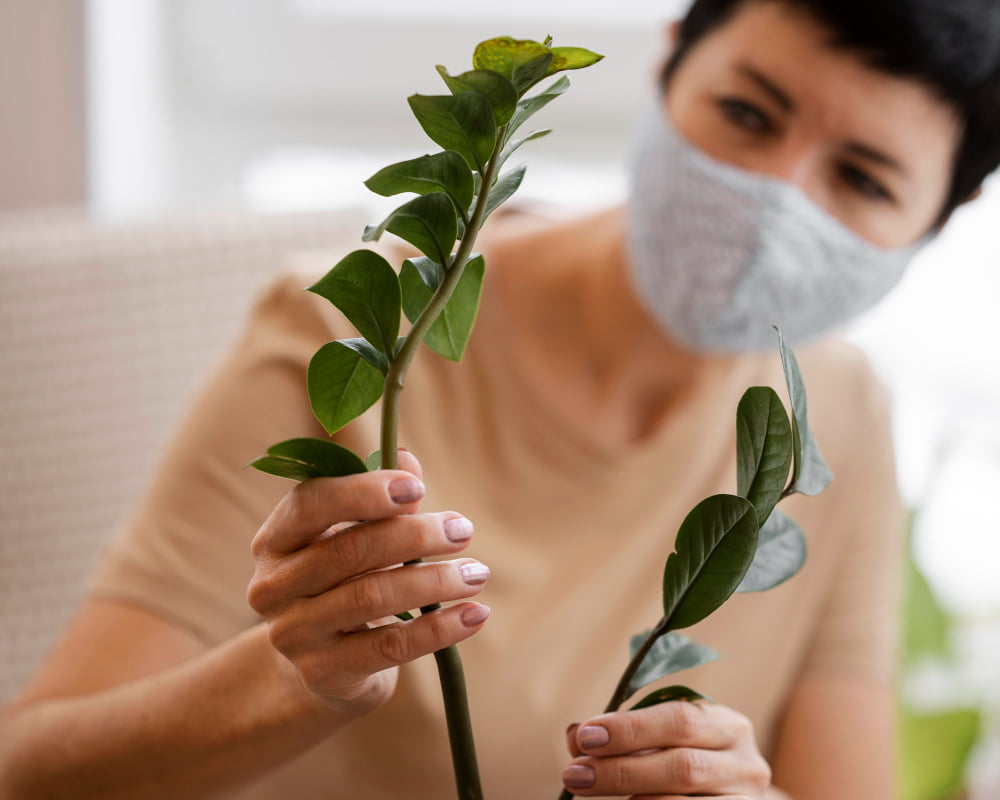Knowing When It’s Time to Transplant Your Lipstick Plant
Introduction
Lipstick plants, with their vibrant blooms and lush foliage, are beloved additions to any indoor garden. However, like all plants, they may eventually outgrow their pots and require transplantation to thrive. In this article, we’ll delve into the signs that indicate your lipstick plant is ready for transplanting and the best practices for carrying out this process.
Understanding Transplanting Signs Your Lipstick Plant Needs Transplanting
One of the most apparent signs that your lipstick plant needs transplanting is when its roots begin to outgrow the pot. You may notice roots protruding from the drainage holes or circling the inner edges of the pot. Additionally, if the plant appears stunted in growth or shows signs of nutrient deficiency despite regular care, it may benefit from a larger container.
Best Time for Transplanting
The optimal period for moving your lipstick plant is during its peak growth phase, usually in spring or early summer. This allows the plant to recover quickly from the transplant shock and establish itself in its new environment before the onset of winter dormancy.
Preparing for Transplanting Selecting the Right Pot
Choose a pot that is one size larger than the current one to provide ample room for root growth. Make sure the new pot is equipped with drainage holes to avoid water accumulation, as excess moisture can cause root rot.
Choosing the Ideal Soil Mix
Opt for a well-draining potting mix with a blend of peat moss, perlite, and organic matter. Avoid heavy soils that retain moisture for extended periods, as they can suffocate the plant’s roots.
Preparing the Lipstick Plant
Before transplanting, water the lipstick plant thoroughly to moisten the root ball and ease removal from the pot. Gently loosen the roots and remove any old, dead foliage to promote healthy growth.
Transplanting Process
- Remove the Plant: Carefully tilt the pot and gently tap the bottom to loosen the plant from its container. Support the base of the plant as you slide it out of the pot.
- Prepare the New Pot: Add a layer of fresh potting mix to the bottom of the new pot, ensuring it is level and evenly distributed.
- Position the Plant: Place the lipstick plant in the center of the new pot, ensuring the top of the root ball sits slightly below the rim.
- Fill in with Soil: Fill in the gaps around the root ball with additional potting mix, pressing lightly to secure the plant in place.
- Water Thoroughly: Following the transplant, thoroughly water the plant to help the soil settle and remove any trapped air pockets.
Aftercare and Maintenance Watering and Fertilizing
After transplanting, continue to water the lipstick plant regularly, allowing the top inch of soil to dry out between waterings. Be cautious of excessive watering, as it may result in root rot. Additionally, fertilize the plant with a balanced liquid fertilizer every four to six weeks during the growing season to promote healthy growth.
Providing Adequate Light
Place the lipstick plant in a location that receives bright, indirect sunlight for optimal growth. Prevent it from being directly exposed to sunlight, as it could burn the leaves and result in harm.
Conclusion
Transplanting your lipstick plant is a simple yet essential task to ensure its continued health and vitality. By recognizing the signs that indicate the need for transplanting and following the proper techniques outlined in this article, you can successfully relocate your plant to a new pot and watch it thrive.
FAQs
How often should I water my lipstick plant after transplanting?
Water your plant when the top inch of soil feels dry to the touch, typically every 1-2 weeks depending on environmental conditions.
Can I use any potting mix for transplanting my lipstick plant?
It’s best to use a well-draining potting mix specifically formulated for indoor plants to ensure proper drainage and aeration for the roots.
Will my lipstick plant go into shock after transplanting?
Some temporary wilting or drooping may occur initially, but with proper care and attention, the plant should recover and resume healthy growth.
Can I prune my lipstick plant before transplanting?
It’s best to prune any dead or damaged foliage before transplanting to reduce stress on the plant and encourage new growth.
How long does it take for a transplanted lipstick plant to adjust to its new pot?
It may take a few weeks for the plant to acclimate to its new environment and resume normal growth patterns, so be patient and continue to provide proper care.






